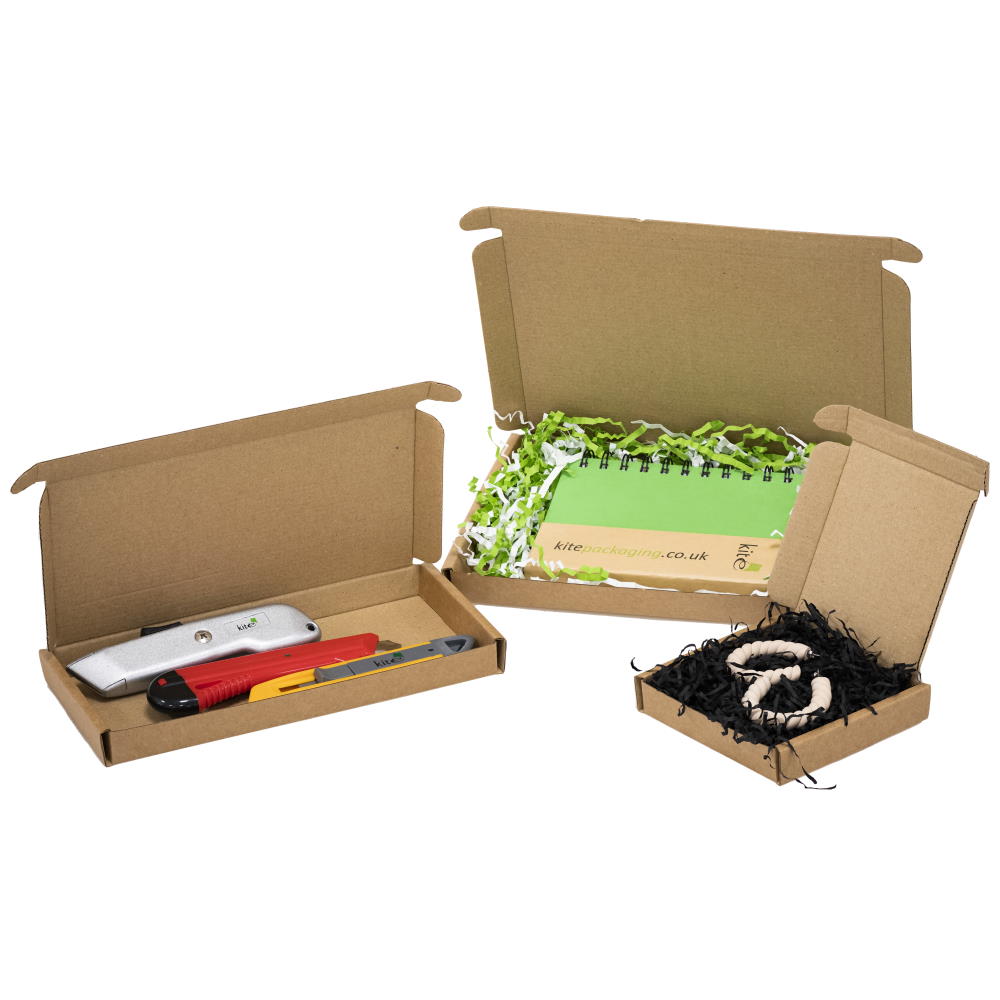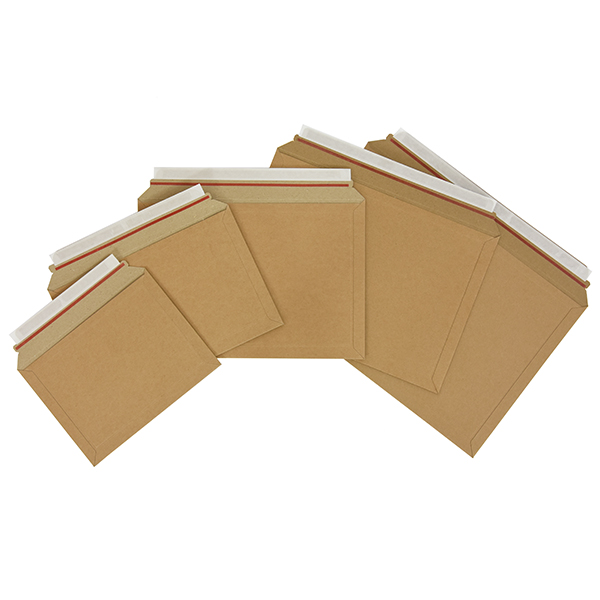Kite blog
How To Keep Postal Costs Down For Small Businesses: PART 1
As a small business, it can often be difficult competing with e-commerce giants like Amazon when it comes to shipping. It’s one of those unglamorous-yet-fundamental parts of running a business, that, no matter the size of your operation, is essential to get right for both you and your customers.
Since packaging and posting occur behind the scenes, customers are generally unable to appreciate the process or the cost incurred by it. Adding this onto orders seems like a logical solution, but can often be counterproductive, especially if the costs are high, pushing away custom. That is why offering a variety of options is paramount so customers can pick according to their needs, whether that be standard or next day delivery.
Reducing e-commerce shipping costs to keep your profit margins high, save money and keep your customers happy is key to succeeding.

But how? You ask.
Well, as the number one online distributor of packaging in the UK, Kite Packaging can offer expert advice on exactly how to keep postal costs down for your business.
Choose correctly-sized packaging
This may seem like an obvious one, but we have all received an item in packaging far too big and wasteful for it be the appropriate choice at least once. In the world of shipping, weight is money, so the excess adds up, costing you and your business unnecessarily. A simple fix, choosing the right size of packaging will reduce the overall dimensions, weight and cost of your parcel.
Kite have made this child’s play by providing a search tool located at the top of every web page that allows you to input specific height, width and length measurements to yield search results specific to your needs.
Reduce weight of packages
Make smart packaging choices by swapping out regular cardboard boxes for lighter, stronger corrugated ones and consider using lightweight packing materials. Our hivewrap is one such brilliant void fill option, providing great value for money with one 500mm roll equating to four rolls of 500mm x 100mm bubble wrap. It is particularly useful for small businesses that do not have the facilities to store large volumes of packaging alongside their own products.

Our recently launched large letter postal boxes are an incredibly economic way of packaging and posting small e-commerce goods. Complying with the Royal Mail large letter size specification (see guide here), these postal boxes keep your small goods within the large letter category, helping you to avoid the costs of the small parcel category. Large letter postal boxes are great for packaging books, jewellery, cosmetics, and candles to name a few, but really the possibilities are endless.

Capacity book mailers are another such product complying with the Royal mail Pip guidelines. These act as a small postal boxes and much like the above mentioned large letter postal boxes, will help you keep a clear idea of postage costs. Available in five sizes and two strengths, these boxes come with a peel-&-seal closure strip and easy-open tear strip for effortless use. Use them to post books, diaries and DVDs without incurring the cost of small parcels.

For items selling in high volume, consider exploring custom packaging, all within the custom products range on our website. By finding the goldilocks match for your product, you can use much less packaging material and offset rising shipping costs. Why not go one step further and modify your packaging to include your brand design, giving you the opportunity to market and raise brand awareness through affordable customisation.
Buy a postage scale
Parcels can often be rounded up to higher costs at the post office due to varying weights. Avoid paying extra by using a postage scale to monitor and ensure packages fit within the specific weight categories. This will enable you to accurately predict your shipping costs and have more control over your shipping budget.
Stay tuned for more on how to keep postal costs down in Part 2.
